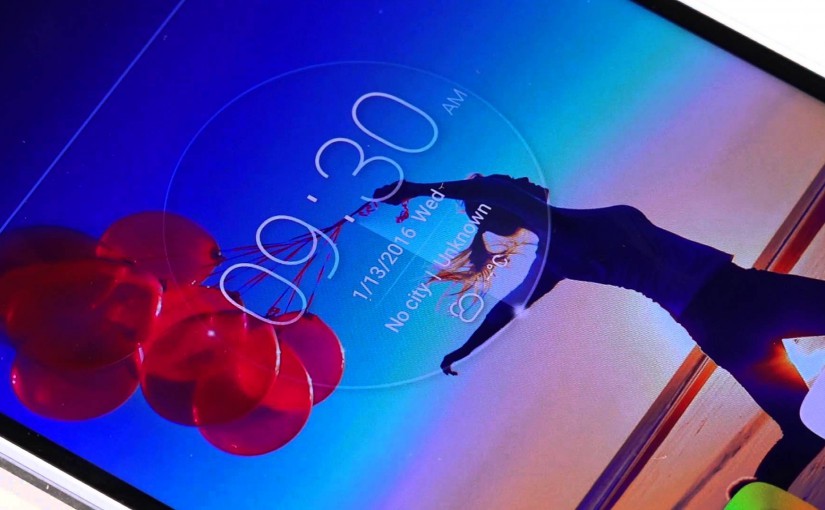Last Updated on September 18, 2024 by Mathew Diekhake
Rooting an Android operating system might sound like serious business, but all it usually does is install an application we know as SuperSU. The SuperSU app comes in many versions, and often you’ll need to find the right version to install on your device for it to work at optimum levels. That’s where you leave it to us to deliver you what you need.
Once you have the SuperSU application installed on the Lenovo Vibe X3 ROW device, you can use it to grant root permissions to the apps that require root to run. If you ever try installing root apps, it will end up on your Lenovo’s app drawer just fine, but when you open the application, it won’t run. That’s because it officially needs those rooting permissions to start up and get going. The same rooting permissions the SuperSU is going to grant for your device once you install it on your device.

A custom recovery like TWRP is usually a bonus to your device customization. However, other times it’s part of the rooting procedure.
Here is everything you need to root the Lenovo Vibe X3 ROW X3a40 and to install a custom recovery.
Files You Need
- Download the Root + TWRP recovery combination file.
You must have the bootloader unlocked on the Lenovo Vibe X3 ROW X3a40 before you can use this guide.
Rooting Lenovo Vibe X3 ROW X3a40 and install a custom recovery
- Make sure you enable the USB Debugging Mode on the Lenovo Vibe X3 before you start with the guide.
- Connect the Vibe X3 smartphone to the computer with the USB cable.
- Extract the rooting and recovery file to the desktop of the computer.
- Choose between the temporary recovery and root if you want to root your device and not have a custom recovery later. Or the permanent recovery to give your device a custom recovery for as long as you have root access.
- Follow the quick on-screen instructions and your device will be rooted when you’re done.
In conclusion, that is everything you need to install TWRP Recovery and root the Lenovo Vibe X3 ROW smartphone using the root and recovery file and a computer. Those of you rooting to install a custom ROM should choose to keep the recovery while everyone else can choose the temporary recovery. Some people like to install a custom recovery so they can use the NANDroid Backup feature, but it isn’t necessary. You can take NANDroid Backups from rooted apps available to download from the Google Play Store.
